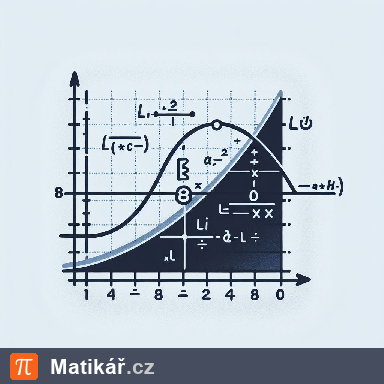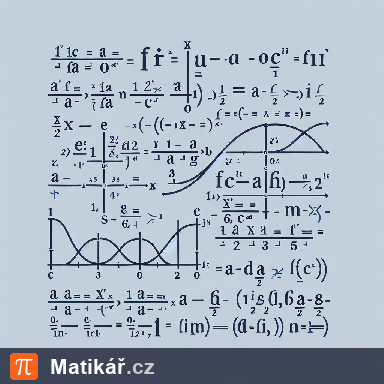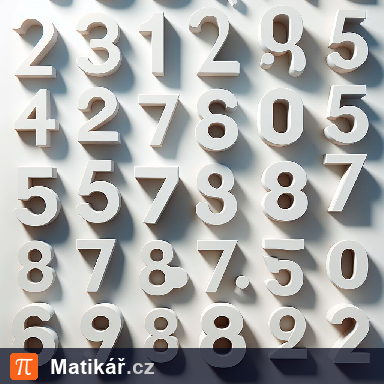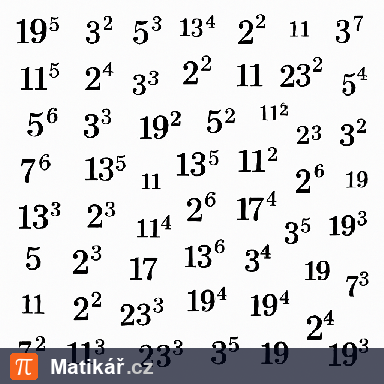

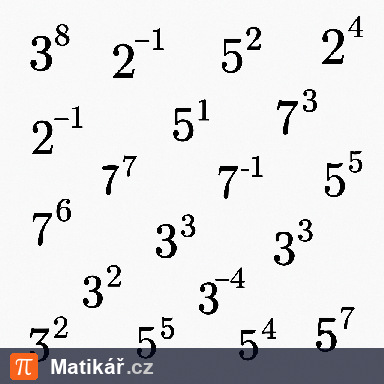
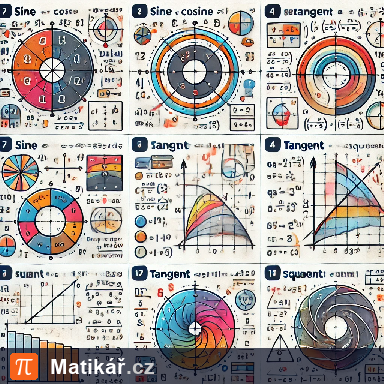
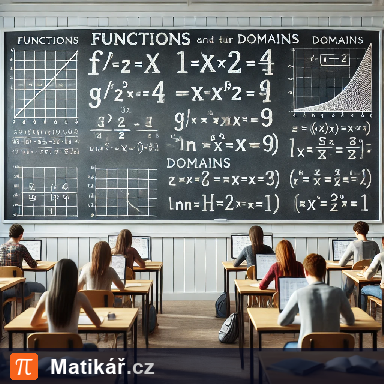
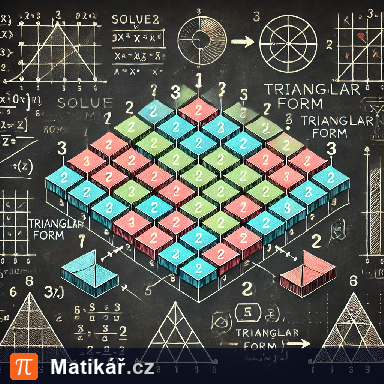
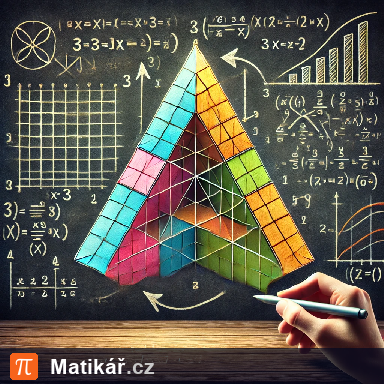
Jsou dány parametrické rovnice.
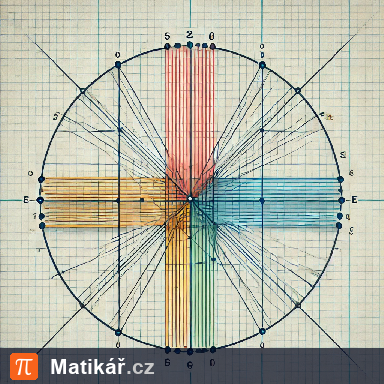
Jsou zadané obecné rovnice přímek v rovině.
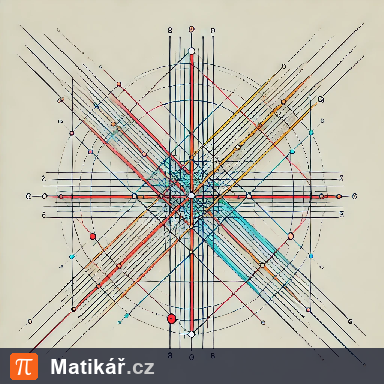

Petr si založil spořicí účet, na který vložil 50 000 Kč. Banka nabízí roční úrokovou sazbu 3 % s ročním připisováním úroků (složené úročení). Peníze nechá na účtu 5 let.

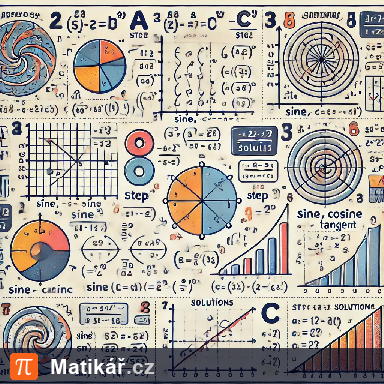
Petr si chce za dva roky koupit nové auto. Ví, že cena auta bude 600 000 Kč. Plánuje si peníze odkládat na spořicí účet s ročním úrokem 4 %, který se připisuje na konci každého roku.

Zásobník na vodu má tvar válce o poloměru základny 50 cm a výšce ( frac{3}{pi} , ext{m} ). Aktuálně je naplněn ze 40 %. Do zásobníku začala téct voda rychlostí 1 litr za 2 sekundy.

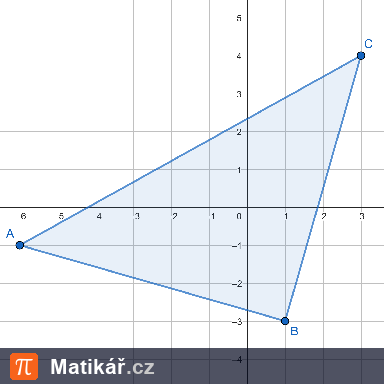
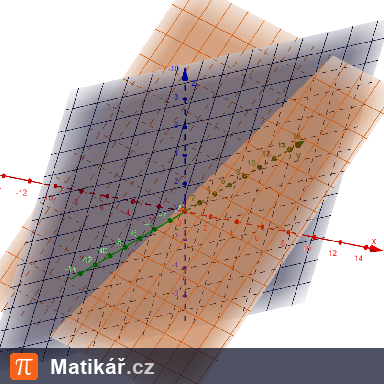
Ve městě se plánuje oslavná událost, na kterou organizátoři připravili speciální světelné show. K dispozici mají 4 různé barvy světel: červenou, modrou, zelenou a žlutou. Každou barvu mohou použít vícekrát a pořadí barev při show je důležité.

